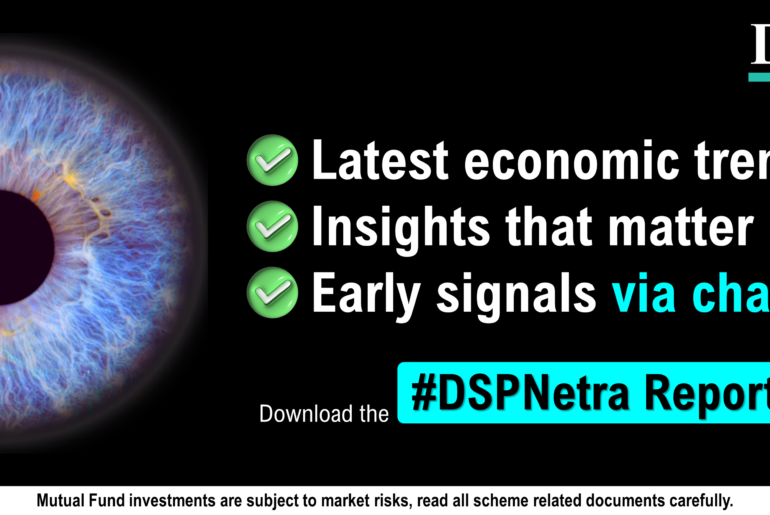Last Updated on Feb 7, 2023 by
We must have heard or talked about investments, saving, wealth, and portfolios, and we know the importance of the same. But is creating wealth and building a portfolio that easy? The answer is Yes and No. Maybe someone can start the investment process by getting influenced through various sources, but to keep that continuing for a long period and constant inflow of money is the biggest task which everyone cannot carry.
Building an investment portfolio can be intimidating for those just beginning their investment journey. It can be challenging to set aside sufficient funds each month while also budgeting for various expenses such as rent, Equated Monthly Instalments (EMIs) for vehicles, and other obligations. The sooner you start investing, the more time your portfolio will get to grow.
The most important aspect of building a portfolio is balancing growth opportunities and risks. The trick here is to understand your own risk appetite while building a diversified portfolio, and the investments should always be mapped along with a specific goal. If you want your portfolio to be well diversified, you need to choose your investments wisely & carefully.
Table of Contents
Criteria to choose investments
Answer the following questions before you pick your investments. What is your investment time horizon? What returns are you expecting? How much risk can you take? What amount of funds are available to invest? What are the goals of these investments? The answers to these questions will guide you towards making intelligent investment decisions.
You can start with the breakdown of your proposed investments between cash, equity (shares, mutual Funds, Exchange-Traded Funds), fixed-income securities, and alternative investments. Ultimately, the allocation of your assets depends on your risk tolerance, investment objective and expected returns.
Underlying factors to be considered
There’re only two ways to create wealth – one is constant money inflow till the targeted period for a long term, and another is products that you select to invest in based on their returns & risks. Some important factors that need to be considered as part of your investment filtering process are:
- Tenure
You should evaluate the investments from the angle of return and growth in the short-term and long-term to help you take an ideal decision. To put it in another way, this is a growth Vs income option – short-term is income, and long-term is growth which can give you tremendous returns through compounding.
- Goal or purpose
You should always have a financial goal for your investments. For example, life milestones like wanting to build a corpus for a child’s education, buying a house, planning for retirement, etc., are examples of your goals.
- Liquidity
No doubt that cash is the most liquid investment, but it comes with no return or growth; rather, it depreciates if held for a long period. Real estate may provide higher returns, but it is an illiquid asset. Having clear goals and perspectives will help you make investment decisions.
- Risk and returns
Arguably the most critical factor. The risk and return go together. The higher the risk, the higher the returns and vice-versa. The decisions of your investment should match your risk profile. For example- A conservative investor would not be comfortable investing all or a large portion of their money in high-risk like direct equity.
- Taxation
Investments in tax-efficient instruments should be a part of your overall financial planning and not the ultimate purpose of investment.
Investment strategy
Investing your money without an investment strategy is like a sports team playing a game without a proper plan. An investment strategy helps you discard many investments that can result in losses or are not ideal for achieving your goals. It is also important to have a quantitative understanding of your goals. In simple words, making money or maximising your wealth is not an investment strategy, but having a corpus of a certain amount to retire by a certain age is a specific and quantitative investment strategy.
Now, you should wisely decide what type of investment you need to make to achieve your financial and life goal. Here are some of the factors:
The principle behind this “buy and hold” investment strategy popularised by Warren Buffett is to buy shares at a good price and hold them to enjoy the power of compounding in the returns.
- Income investing
Income investing involves buying securities that generally pay out dividends and give regular fixed income. Debentures, bonds, banks, and money market deposits are the best-known examples of fixed-income products. Also, dividend-paying Mutual Funds, ETFs, and shares are some other forms of income investment avenues.
- Growth investing
Growth investors focus on companies that can generate above-average growth through revenues and profits, even if the share price appears expensive in terms of metrics such as price-to-earnings or price-to-book ratios.
- Socially Responsible Investing (SRI)
Also known as Environment, Social, and Corporate Governance (ESG), SRI is about investing in socially responsible companies that make a profit. SRI is one path to seeking returns that benefit everyone. India is the first country worldwide to make Corporate Social Responsibility (CSR) mandatory for companies that exceed certain standards.
To make analysing your investments fairly easy and reduce your research time, the team at Tickertape have come up with new ‘Portfolio’ updates. Now, you can see your investments across sectors and market caps through the flow chart, know how well-diversified your portfolio is using the diversification score and view your top holdings and their weightage in your portfolio in an instant.
You can also understand how your portfolio is valued along with its volatility, identify stocks with potential red flags, see how your portfolio is expected to perform in the next 1 yr, and monitor your smallcase portfolio on Tickertape. Learn all about it in detail here.
Different avenues
Listed down are different investment options:
- Direct Equity (Stocks)
- Mutual Funds and ETFs (SIP or Lumpsum)
- Alternative investment options
- Fixed Income generating options
- Gold/ Silver
The purpose of the investment portfolio is to ensure your financial stability and independence. It allows you to plan for any emergencies and ensure regular income. Through regular monthly investment, one can develop financial discipline. A portfolio should be designed in such a way that after some years, the portfolio starts generating a passive income for the investor.
Happy Investing!
- Financial Planner and Why Do You Need One? - May 11, 2023
- Timing the Market: Is It a Wise Investment Strategy? - Mar 9, 2023
- How to Build an Investment Portfolio? - Feb 7, 2023



